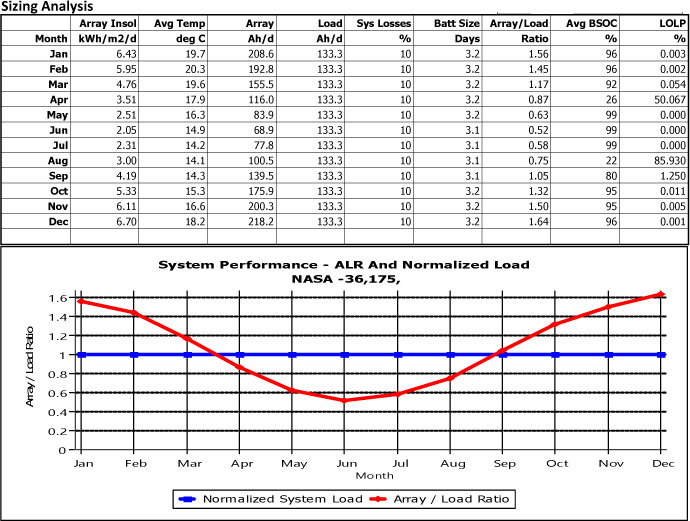Are Deep Cycle Batteries AGM or Gel
Deep cycle batteries can be either AGM (Absorbent Glass Mat) or gel batteries. These are two common types of deep cycle batteries, each with its own characteristics and advantages.
-
AGM (Absorbent Glass Mat) Batteries:
- AGM batteries use a special type of glass mat separator that absorbs and holds the electrolyte (acid) between the battery plates.
- They are known for their sealed design, making them maintenance-free and preventing acid leakage even if the battery is damaged.
- AGM batteries are typically more resistant to vibration and shock, making them suitable for various applications, including recreational vehicles (RVs), boats, and renewable energy systems.
-
Gel Batteries:
- Gel batteries use a gel-like electrolyte that is immobilized within the battery cells.
- They are also maintenance-free and spill-proof because of their sealed design.
- Gel batteries are known for their deep cycling capabilities, making them ideal for applications where a steady and deep discharge is common, such as in solar power systems and electric wheelchairs.
So what will it be AGM or Gel?
Both AGM and gel batteries are considered deep cycle batteries, which means they are designed to handle repeated charging and discharging cycles without suffering from reduced capacity or performance. The choice between AGM and gel batteries depends on the specific requirements of the application and the preferences of the user, as well as factors like cost, maintenance, and environmental conditions.
Some products to consider might be:

